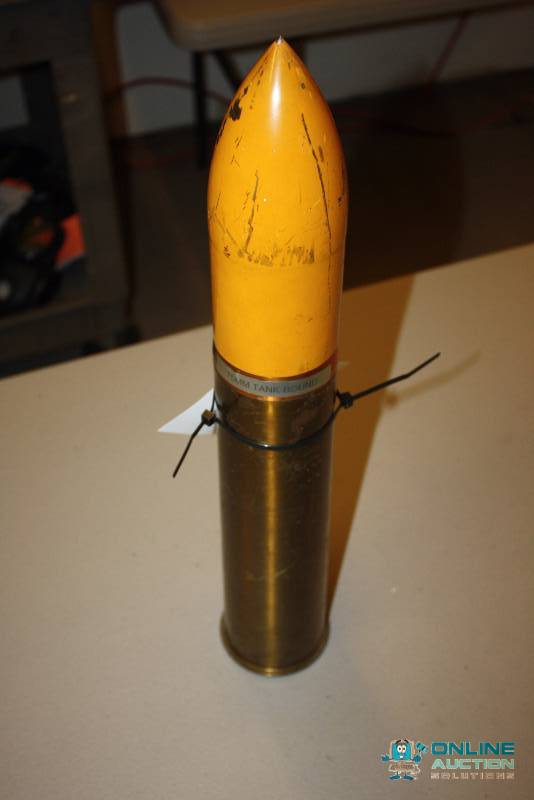


This viewpoint is not limited to just to the T-14, moreover it can be applied to armoured fighting vehicles (AFV) as a whole. Rather, the aim was to provide an example of how NATO is losing ground to those willing to innovate, regardless of whether such innovations, like the T-14, are widely adopted. The cost and manufacturing factors are both valid but did not fall within the scope of the article.

Much of the criticism of the article came from the conclusion that a lack of credible information and statistics on the cost and numbers of T-14s in Russian service reduced the aim of the article to fearmongering and misinformation. This article will not be an evaluation of NATO or Russian doctrine, but an explanation of how the T-14 represents a technical progression in armoured warfare which NATO is currently lagging behind in. My previous article ‘Has the T-14 Changed the Game?’ did not seek to provide an in-depth comparison of how the T-14 outmatched contemporary NATO tanks detail for detail, nor did it seek to advertise the T-14 as the modern-day Tiger 1. To dismiss the T-14 main battle tank (MBT) as a capable piece of hardware by claiming high cost prohibits widespread deployment is risky. Why the T-14 Armata presents a threat, regardless of operational capacity


 0 kommentar(er)
0 kommentar(er)
